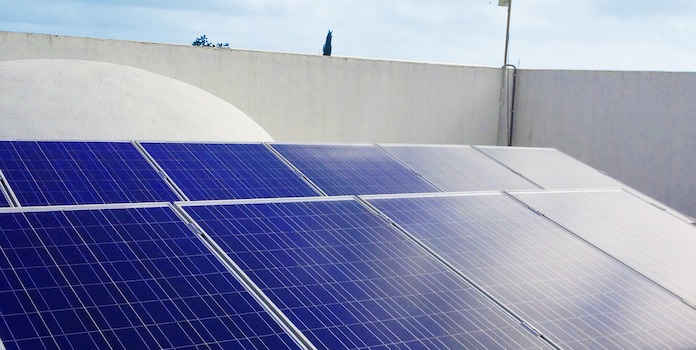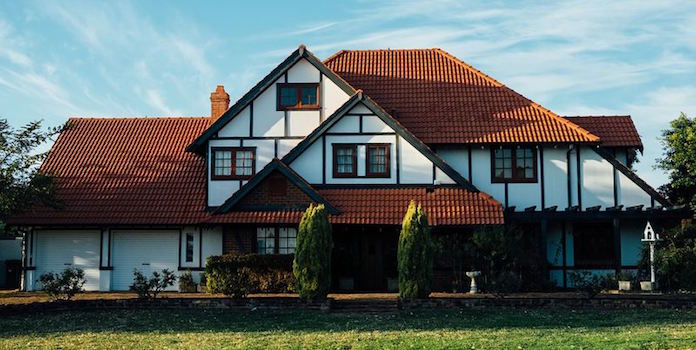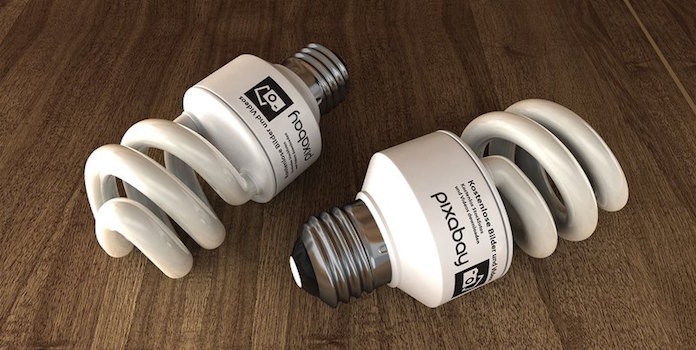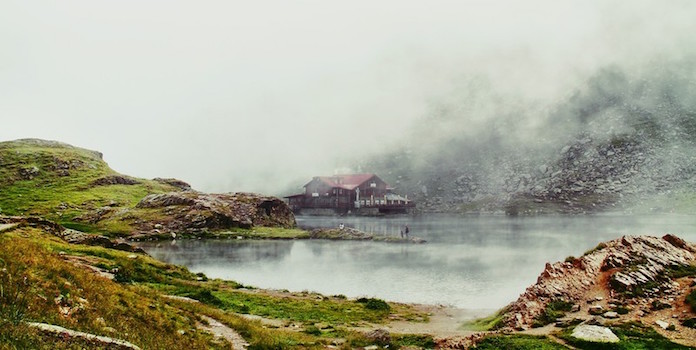Is Solar Right for Me?

Are you thinking about installing solar, but keep asking yourself “Is solar right for me?”
Take a look at our list of 7 factors to consider when deciding if solar is right for you. Write down your answers or make a pros and cons list to make it even easier to decide!
#1 Does Going Solar Sound Exciting?
Saving money obviously sounds great – that’s why most people install solar after all – but does saving money by installing solar excite you? Do you like the idea of having solar panels on your roof for 20 years or more?
Some people have their qualms. They don’t like the aesthetics of solar panels. Some don’t trust the technology (even though it’s been around for almost 70 years now). If you have some doubts, maybe you need to do some research first. Think about your own situation.
If you love solar, great! If you don’t like the look of roof-top solar, are the financial savings and contribution to a cleaner environment enough to tip the scales?
Going solar can be one of the most exciting, rewarding upgrades you’ll ever do to your house, but only if you are excited yourself!
#2 What Incentives and Rebates Are You Eligible For?
The federal government, state and city governments, and utilities can all offer financial incentives to homeowners going solar. If you purchase your installation in cash or with a loan, the federal tax credit alone drops your total installation cost by 30%! Couple this with local upfront rebates, net metering, and sales and property tax exemptions and your cost drops even further!
Here’s an example to show you just how much these incentives can help: A homeowner in Portland, Oregon who installs a 6-kilowatt solar installation at a total cost of $17,580 (the average installation cost in the US is $2.93 per watt) is eligible to receive:
- the 30% Federal Tax Credit worth $5,274
- the statewide Renewable Energy Tax Credit worth $1.50 per watt, with a cap of $6,000
- Energy Trust of Oregon’s Solar Electric Incentive Program worth $0.45 per watt, totaling $2,700.
All of these incentives bring the homeowner’s total cost to go solar from $17,580 down to just $3,606 – a discount of 80%!
While this is a very extreme example, it shows just how powerful incentives and rebates are. Portland isn’t exactly known for its clear, sunny skies and so homeowners aren’t going to produce as much electricity as someone in sunny Arizona or Colorado, but at this extremely low cost, it doesn’t even matter! Almost anyone can save money when solar is this cheap! To see what incentives are available in your area, check out the federally-sponsored Database of State Incentives for Renewables and Efficiency.
#3: What’s Your Typical Weather?
Obviously, the sunnier the location, the more electricity a solar panel can produce, which allows you to save money more easily. However, weather and sunlight aren’t as crucial as you might think and they play a backseat to incentives and rebates when it comes to calculating your savings.
Many states that aren’t exactly known for their beautiful, sunny skies like Oregon and New York have some of the highest rates of solar installations in the country. Why is that? Because the state, local governments, and utilities offer incredible rebates and incentives to homeowners going solar. So even with the ‘poor’ weather, it can still make financial sense to install solar. Even if your weather seems poor for solar, it certainly doesn’t hurt to talk with installers or neighbors with solar to see how much electricity nearby installations produce.
#4 How’s Your Roof?

As your solar installation will be on your roof for 25 to 30 years, you need to make sure your roof is up to the task.
You Need Enough Space on Your Roof
First off, you need space on your roof to install solar panels. An open, south-facing area where installers can group all the panels together is best, but there are certainly options if you need to break up the installation into smaller groups. Most installers are extremely adept at finding the perfect spots to install panels on your roof.
Watch Out for Shading
To work at their best, solar panels like clear skies – no chimneys, trees, or anything else shading them. Shade on just 10% of your installation can cause a 50% drop in production! Watch out for chimneys, satellite dishes, nearby buildings, and anything else you can’t move. If trees are in the way, you’ll need to trim or cut them down or relocate your panels to another section of your roof.
Does your neighbor have trees that are just babies now, but could be an issue in 15 years? That’s something you’ll need to discuss with him or her. Oftentimes in this situation, the easiest and safest thing to do is just install your solar panels on a different part of the roof.
Solar installers are adept at identifying both existing shading and estimating future issues as well. A good installer has a well-trained eye from years of experience, as well as the tools to know if that tree or bush really is an issue, as well as what steps would be best to take. Certainly talk to your installer if you have questions about shading issues for your house – they’ll be glad to talk it through with you.
Roof Needs to Last a Long Time
Solar panels last a long time – 25 to 30 years – so your roof structure and shingles need to be up to the task. Heavy or active water damage in the attic, unpermitted alterations, and old age can all derail your solar installation. If your shingles are old or there’s damage where the solar panels will go, a trustworthy installer will halt your project, explain the situation, and give you options – usually reroofing – before moving forward. Removing solar panels is pretty expensive, so taking care of roofing issues beforehand sets you on the right course to avoid expensive projects later on.
If you have any of these issues, don’t worry too much. All of these can be fixed, but it’s best to address them before starting your installation.
#5 What Financing Is Available?
There are a lot of options out there to finance your solar installation: lease or power purchase agreements, loans, PACE financing, or even good ol’ fashioned cash.
If you’ve got the money saved up, cash is always going to let you save the most going solar, though loans are becoming increasingly popular as a way to enjoy ownership of your installation and not have to foot that high initial cost.
If you don’t want to spend a lot and aren’t interested in the responsibilities of ownership, over the last 10 years many homeowners have turned to leases and PPAs. However, these financing options aren’t available in every state, as currently 6 states explicitly ban leases and PPAs, including Oklahoma, Iowa, Kentucky, North Carolina, Georgia, and Florida, and the status is unclear in another 22.
Before settling on a financing type, be sure to do some research on what your state allows.
#6 Are Your Utility Rates High?

The higher your utility rates, the more money you can save going solar. In states like New York, New Hampshire, and California where rates are very high, $0.16 to $0.18 per kilowatt-hour, homeowners can easily save money going solar.
In states with cheaper electricity like Washington, Louisiana, or North Dakota (all around $0.09 per kilowatt-hour), homeowners won’t be able to save as much and they’ll have to take advantage of as many financial incentives and rebates as possible. In the end though, utility rates are one part of the savings calculations and they alone can’t make or break your savings, so be sure to talk to an installer to receive accurate estimates of your potential costs and savings.
#7 Have You Installed Energy Efficiency Measures?

Installing solar is a great way to save money, but did you know there’s an even cheaper way to lower your electricity bills?
Installing efficiency measures is the most cost-effective way to save money on energy. In fact, installing energy efficiency measures is such a no-brainer it should be considered a prerequisite to going solar. Consider replacing incandescent bulbs with their LED equivalents, bulking up on insulation if needed, and sealing leaky doors and windows (if your heater is electric).
Adopting good practices like turning off lights and setting your thermostat higher in the summer can also seriously decrease your energy use. If you’ve still got a manually-setting thermostat, replace it with a programmable thermostat, set your temperatures, and forget it!
One you’ve installed as many efficiency measures as possible (within reason), it’s time to go solar!
Still Wondering “Is Solar Right for Me?”
If you’re still not sure if solar’s right for you, pull up some online calculators like Google’s Project Sunroof and see how much money you could actually save going solar. Seeing the thousands of extra dollars you could have over the life of the installation could be the tipping point you need to start reaching out to a few installers.
Did we miss any important considerations to examine before going solar? Let us know in the comments below!

